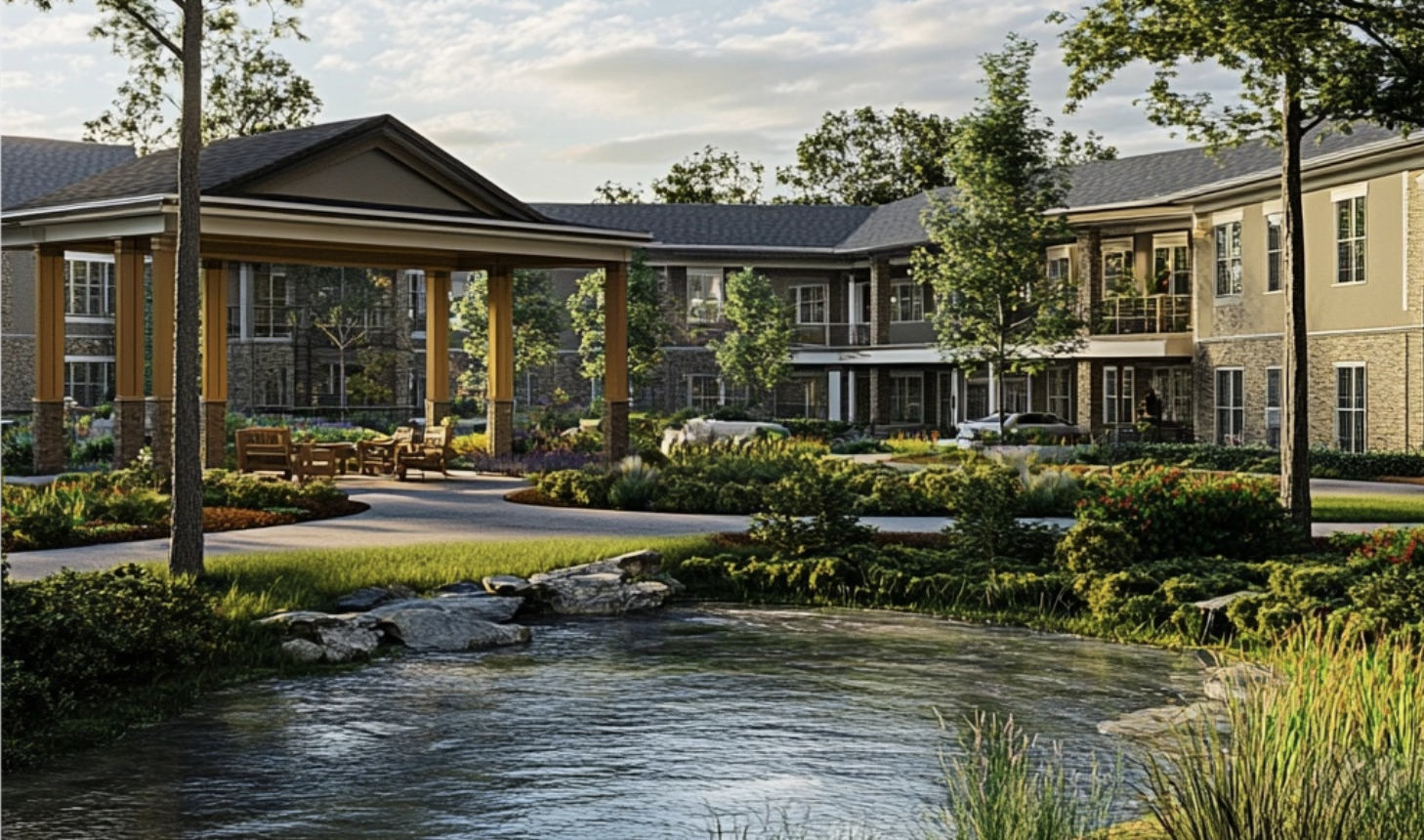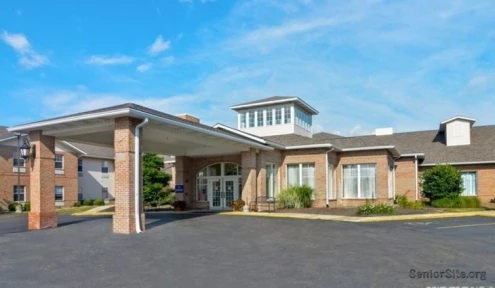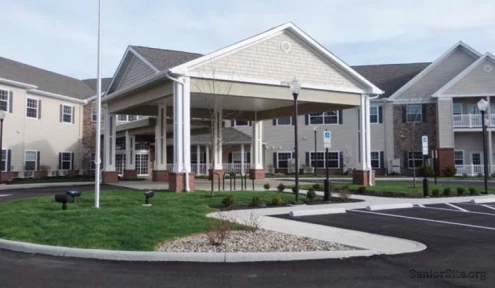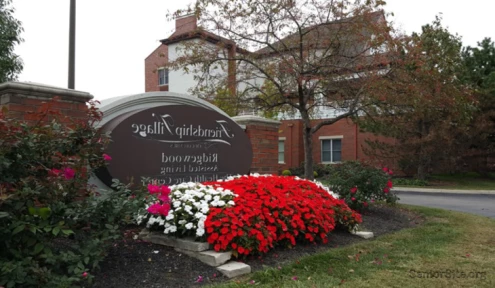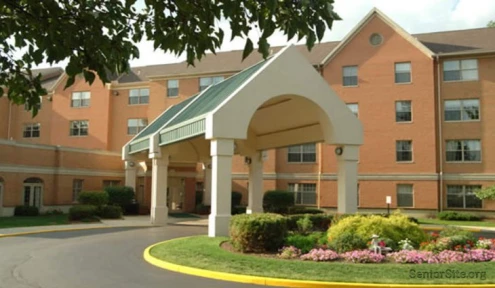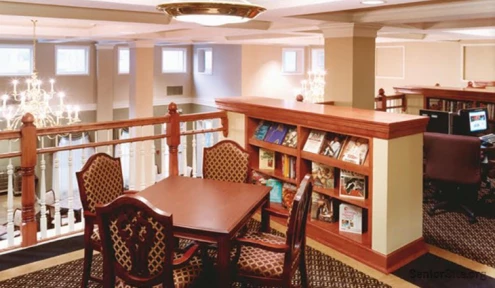Senior citizens overwhelmingly prefer aging at home, with 71% choosing to stay rather than move to assisted living facilities, reports the AARP. Residential elevators offer a solution for safe mobility between floors, though costs range from $20,000 to $100,000 for installation and equipment.
Safety data shows stair-related accidents pose significant risks. UK health officials report falls occur every 90 seconds on residential staircases, making elevator installation a critical consideration for aging homeowners.
The guide examines home elevator costs, safety features, and technology options available in 2025. Detailed comparisons of hydraulic, cable-driven, and pneumatic systems help homeowners evaluate choices based on space requirements, budget constraints, and long-term maintenance needs.
Understanding Home Elevator Costs in 2025
Standard residential elevator installations cost between $18,000 and $35,000, reports the National Association of Home Builders. The price makes these mobility solutions increasingly accessible for seniors choosing to age in place.
Basic Installation Costs
Hydraulic systems dominate the market, with prices ranging from $25,000 to $50,000. Cable-driven elevators offer a cheaper alternative at $15,000 to $35,000, though owners must budget $2,000 to $3,000 every three to five years for cable replacement.
Shaftless elevators provide the most economical option, costing $15,000 to $25,000. Premium pneumatic systems command $35,000 to $60,000, reflecting their modern design and advanced technology.
Additional Construction Expenses
Site preparation adds $500 to $15,000 to basic costs, while each extra floor increases expenses by $5,000 to $15,000. Home elevator specialist John Martinez says retrofitting existing homes typically costs triple the amount of new construction installation.
The complete installation process requires:
- Engineering and design work: $4,000 to $10,000
- Shaft construction: $40,000 to $100,000
- Labor charges: $75 to $100 hourly
Maintenance and Operation Costs
Annual maintenance contracts run $200 to $350, covering essential safety checks and basic upkeep. Service visits last approximately one hour, with technician rates between $75 and $100 per hour.
Professional maintenance extends elevator lifespan to 20-30 years. Key maintenance requirements include:
- Yearly safety inspections
- Component testing and lubrication
- Emergency repair service access
The National Association of Realtors reports home elevators deliver roughly 50% return on investment, potentially raising property values 10% to 20%. Energy-efficient models, particularly pneumatic systems running on 220 volts, help minimize long-term operating costs.
Key Features to Look for in Senior-Friendly Elevators
Home elevator manufacturers report safety features and ease of operation rank highest among senior buyers’ priorities. The National Safety Council data shows proper safety mechanisms reduce elevator-related accidents by 89%.
Safety Mechanisms
Advanced safety sensors stop elevator movement when detecting obstacles in doors or travel path. Modern cabins feature non-slip floors and reinforced handrails, cutting fall risks by 65% according to industry studies.
Backup power systems prevent entrapment during outages. “Power failures pose serious risks for seniors living alone,” says elevator safety expert Maria Rodriguez. “Reliable backup systems are non-negotiable features.”
Door interlocks provide critical protection, keeping doors secured until the cab reaches its destination. These work with auto-locking systems that engage only when doors close properly.
Standard emergency features include:
- Emergency stop buttons
- Built-in alarm systems
- Direct-line communication phones
- Battery-powered descent capability
Ease of Operation
Control panels use large, high-contrast buttons for improved visibility. Voice controls and braille markings assist visually impaired users, while automatic floor leveling eliminates step-up gaps that could cause trips.
Cabin lighting maintains 5 foot-candles brightness, meeting federal safety standards. Position indicators show elevator location through visual displays and audio announcements, particularly benefiting seniors with sensory limitations.
Size and Capacity Requirements
Residential elevator specialist Tom Chen says cabin dimensions must accommodate mobility devices. Standard models support 500 to 950 pounds, fitting wheelchairs and multiple passengers.
ADA compliance requires:
- 36-inch minimum door width
- 51-inch turning radius
- Variable door timing controls
Digital weight sensors display real-time load readings, while smart door systems adjust opening speeds based on passenger movement.
Annual inspections maintain optimal performance, extending equipment life to 20-30 years. The National Elevator Industry Safety Program recommends quarterly testing of emergency features alongside yearly maintenance checks.
Comparing Different Types of Home Elevators
Residential elevator manufacturers offer three primary systems in 2025: hydraulic, cable-driven, and pneumatic. Each type serves different needs for seniors aging in place, reports the American Society of Mechanical Engineers.
Hydraulic Systems
Hydraulic elevators use pressurized fluid and piston mechanisms for movement. The technology delivers smooth operation while supporting up to 1,000 pounds in 15-square-foot cabs. These systems travel 50 vertical feet at 40 feet per minute, serving up to six floors.
“Hydraulic systems remain the gold standard for stability,” says elevator engineer David Thompson. Key advantages include:
- Limited maintenance needs
- Enhanced stability
- Maximum weight capacity
- Whisper-quiet operation
Cable-Driven Options
Cable-driven systems use electric motors and gearboxes to control heavy-duty cables. The mechanism matches hydraulic elevators in reach, accessing six floors.
Manufacturers offer two standard configurations:
- 12-square-foot cab: 500-pound capacity
- 15-square-foot cab: 1,000-pound capacity
Installation costs run 20% below other options. However, cables need replacement every 3-5 years, elevator technician Sarah Miller notes.
Pneumatic Elevators
Pneumatic technology creates vacuum-powered lift systems. These elevators eliminate machine rooms and pits, reducing installation complexity.
Available models include:
- 30-inch single rider: 350-pound limit
- 37-inch dual passenger: 450-pound limit
- 52-inch wheelchair model: 525-pound capacity
Standard 220-volt power supplies run these units. First maintenance checks occur after 15,000 cycles or five years. The panoramic design offers 360-degree views, though operation noise reaches 85 decibels.
Energy consumption matches common household appliances. “Pneumatic systems excel in energy efficiency,” reports the National Elevator Industry Association. “But the choice between systems ultimately depends on home layout, budget, and specific mobility needs.”
Smart Technology in Modern Home Elevators
Residential elevator manufacturers report a 40% increase in smart technology adoption since 2023. These features enhance safety and convenience for seniors aging in place, the National Elevator Industry Association reports.
Voice Control Features
Voice-activated systems now handle basic elevator operations. Users speak commands like “Take me to the second floor” for hands-free control. Schindler’s CleanCall HoloVoice technology pairs holographic buttons with voice commands, offering multiple touchless options.
“Voice control dramatically improves accessibility for visually impaired users,” says elevator technology specialist Lisa Chen. Major manufacturers now integrate AI assistants like Alexa with gesture recognition systems, creating more intuitive interfaces.
Remote Monitoring Systems
Remote monitoring technology cuts elevator downtime by 60% through predictive maintenance. The systems track component performance continuously, alerting technicians before serious problems develop.
Modern monitoring includes:
- Live operational status updates
- Automated maintenance alerts
- Error detection across 80 diagnostic codes
Remote diagnostics eliminate many physical inspections. Building managers receive instant alerts about mechanical issues, streamlining maintenance scheduling.
Emergency Response Capabilities
Battery backup systems automatically move cabs to the lowest floor during power failures. Emergency lights activate within seconds, powered by separate 12-volt batteries.
Critical safety features include:
- Two-way conversation capability through built-in phones
- Emergency call keypads
- Automatic alert systems
Electromagnetic brakes engage instantly if power fails, securing the elevator position. Backup lighting maintains cabin visibility throughout outages.
IoT sensors monitor key metrics:
- Temperature changes
- Vibration levels
- Usage statistics
“Smart monitoring identifies 85% of potential issues before they cause breakdowns,” reports the Elevator Safety Foundation. The technology extends equipment life while providing reliable transportation for seniors aging in place.
Making Your Home Elevator Investment Worth It
Only 5% of U.S. homes feature accessibility modifications, creating significant property value potential for homes with elevators. The National Association of Home Builders reports 25% of homeowners now view elevators as desirable or essential, up from 8% in 2001.
Property Value Impact
Home elevator installations boost property values 10% to 25% on average. Real estate data shows these properties command higher prices per square foot and attract more potential buyers.
Market demand comes primarily from:
- Multi-generational households
- Aging-in-place planners
- Luxury home seekers
“Accessible homes sell faster and at premium prices,” says real estate analyst Sarah Chen. “The aging population drives consistent demand growth.”
Long-term Cost Benefits
Home elevators offer substantial savings compared to assisted living facilities, which charge $6,000 to $10,000 monthly. The cost comparison reveals:
- Independent living facilities: $1,709 to $3,777 monthly
- Elevator maintenance: $200 to $350 yearly
- Annual inspections: One hour at $75 to $100
Properly maintained elevators function reliably for 20-30 years. Real estate experts note these installations position properties for stronger returns.
Market advantages include:
- Multi-demographic buyer appeal
- Enhanced property marketability
- Faster average sale times
The National Association of Realtors reports growing demand for accessibility features. Financing options include:
- Home improvement loans
- Manufacturer payment plans
- Federal accessibility grants
“Tastefully installed elevators particularly appeal to older buyers planning their future needs,” says seniors real estate specialist Ben Richardson. This aligns with current housing market trends toward accessible design features.
Conclusion
Home elevator installations cost $20,000 to $100,000 but deliver substantial returns through property value increases and extended independent living. The National Association of Home Builders reports these investments typically raise home values 10-25% while providing 20-30 years of mobility support.
“The right system choice dramatically impacts long-term satisfaction,” says elevator consultant Mark Stevens. Hydraulic systems offer reliability and capacity advantages, while pneumatic designs minimize structural requirements. Smart technology features enhance safety through remote monitoring and emergency response capabilities.
The National Aging in Place Council reports home elevators cost 60% less than five years of assisted living expenses. Property values show consistent appreciation, particularly in markets with aging populations seeking accessible housing options.
Elevator safety specialist Jennifer Wong emphasizes proper maintenance ensures optimal performance. “Regular inspections and maintenance extend equipment life while protecting resident safety,” Wong says. The investment creates lasting accessibility that serves current and future homeowners.
FAQs
Q1. What is the average cost of installing a home elevator in 2025? The cost of installing a home elevator in 2025 typically ranges from $18,000 to $35,000 for standard installation. However, prices can vary depending on factors such as the type of elevator system, additional construction expenses, and specific features chosen.
Q2. What are the key safety features to look for in senior-friendly home elevators? Important safety features for senior-friendly elevators include non-slip flooring, sturdy handrails, safety sensors to detect obstructions, door interlocks, emergency stop buttons, alarm systems, and backup power for safe operation during electrical failures.
Q3. How do different types of home elevators compare in terms of functionality and cost? Hydraulic elevators offer smooth operation and high weight capacity but are more expensive. Cable-driven elevators are versatile and cost-effective but require periodic maintenance. Pneumatic elevators are energy-efficient and easier to install but have lower weight capacities and can be noisier.
Q4. What smart technologies are available in modern home elevators? Modern home elevators can include voice control features, remote monitoring systems for maintenance, and advanced emergency response capabilities such as two-way communication, automatic alerts, and battery backup systems for power outages.
Q5. How does a home elevator impact property value? Installing a home elevator can increase property value by 10% to 25%. It enhances marketability, appeals to a broader range of buyers, and can lead to faster sales. The investment also offers long-term cost benefits when compared to the expenses of assisted living facilities.



